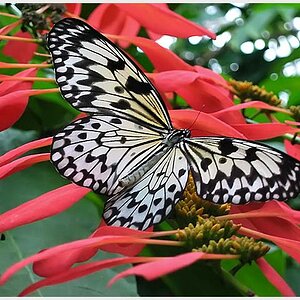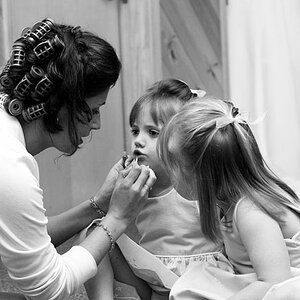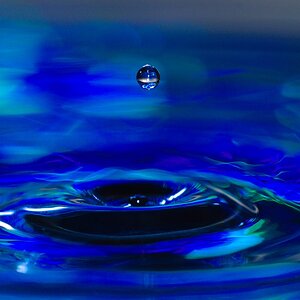- Joined
- Mar 29, 2016
- Messages
- 14,857
- Reaction score
- 8,311
- Can others edit my Photos
- Photos NOT OK to edit
Finally finished up editing on last shoot, and reviewing my notes on the shots. Throughout the edits I struggled with the effects of oil and sweat (location was really warm that day), and the ravages of health and age on the subjects. Based on those experiences I've made some changes:
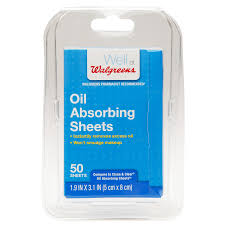
- My kit now includes a "mini" makeup kit with a few essentials (translucent powder, brush) and some of these.

- I also found this article helpful Strobist: Lighting 102: Controlling Specular Highlights and plan on incorporating much of it in my next shoot. I knew most of this, but failed to execute, won't happen again. Several hours of uneccesary post editing have permanently etched this in my brain.
Last edited:


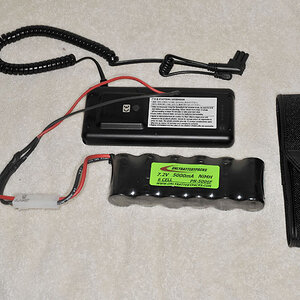
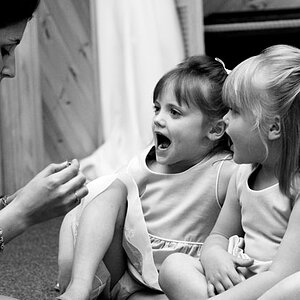


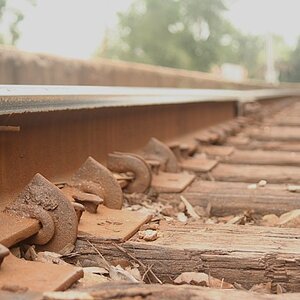
![[No title]](/data/xfmg/thumbnail/40/40288-4d5d7a8aa74ddfceb5fb82062d9b21be.jpg?1619739409)
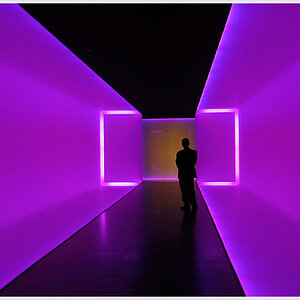
![[No title]](/data/xfmg/thumbnail/40/40285-2ce5915035c220ccb3485030863b62d0.jpg?1619739408)
